What if I told you that a simple vaccine and a short, painless test could save over 77,000 Indian women every year? According to recent healthcare reports, cervical cancer is the second most prevalent cancer affecting women in India, highlighting the urgent need for nationwide awareness, screening, and initiatives. It is almost entirely preventable. Yet, it still claims a life every seven minutes in India. These are not just numbers. They are mothers, sisters, daughters, and friends whose lives might have been spared through timely prevention and care.

At TrendVisionz, I have worked on many women’s health stories. This one feels personal. I picked up my pen and asked my team to dig deeper. It is about giving every woman the knowledge and tools to protect herself.
This article is more than healthcare. It is a movement. It is time to take prevention into our own hands. HPV vaccination, regular screening, and community awareness can make the difference—before another name is added to a list that should not exist. These self-care tips is about learning to age gracefully.
Also Read:
- Magnesium Benefits for Women: A Lifelong Ally for Hormones, Bones, and Energy
- Women at 40: Redefining Midlife Wellness with Purpose
- Can Soleus Push-Ups Really Lower Blood Sugar?
Understanding Cervical Cancer and Its Symptoms
Awareness of the female reproductive system should begin early, helping women recognize the cervix’s role and its vulnerability to cervical cancer. The cervix, a narrow passage connecting the uterus to the vagina, though small, plays a vital role in women’s health.
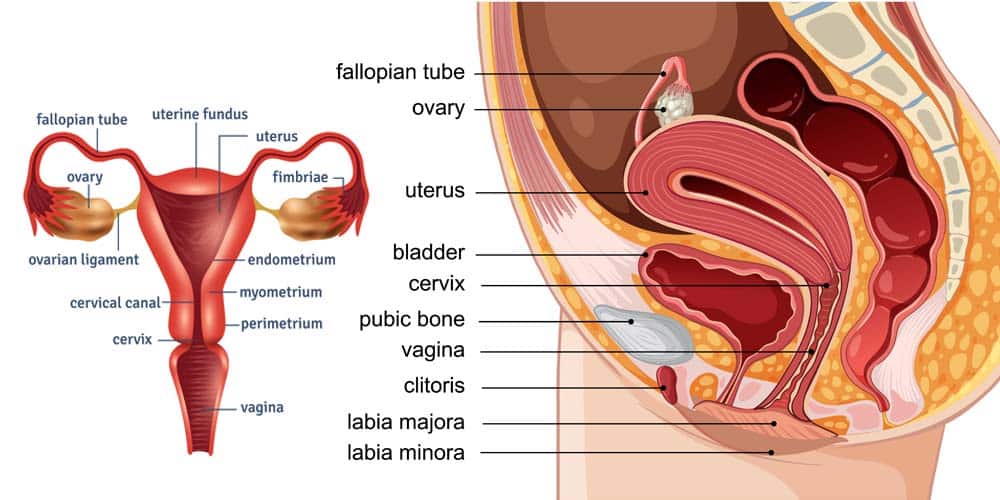
Cervical cancer remains a major public health concern in India, yet it is one of the most preventable cancers when detected early. Research suggest that a majority of cases arise from persistent Human Papillomavirus infection. HPV is a preventable virus that can be controlled through timely vaccination and regular screening.
HPV and Cervical Cancer
Human papillomavirus is a common DNA virus infection that spreads through direct skin-to-skin contact. While most infections clear naturally within some time. Certain high-risk types—especially HPV 16 and 18—can cause cervical cell changes, known as cervical dysplasia, which may develop into cancer if left untreated. India accounts for a significant share (2,25,000 new cases annually) of the global cervical cancer burden, with thousands of new cases each year (Ferlay et al., 20151).
Understanding how HPV contributes to cervical cancer helps women take informed preventive steps. Timely action ensures risks are reduced long before symptoms appear.
Cervical Cancer Symptoms
Although early cervical cancer may not present clear symptoms. But it is essential to recognize possible warning signs and consult a healthcare professional for timely detection and care. When symptoms do occur, they may include:
- Abnormal vaginal bleeding, including after sexual activity, between menstrual cycles, or following menopause
- Unusual vaginal discharge, which may contain blood or have an unpleasant odour
- Pelvic pain or pain during intercourse
- Difficulty urinating or blood in urine (in advanced stages)
By the time advanced symptoms appear, treatment becomes more complex and outcomes less certain.
Importance of Early Detection
As Dr. Madhu Goel a leading Oby-Gyn explains, cervical cancer takes 8–10 years to develop. She further adds it is “easily detectable through regular screening” if women undergo routine checks.
Early detection allows treatment of precancerous lesions before they progress, significantly improving survival rates – NLM
For prevention to be truly effective, it must combine proactive screening with timely vaccination. Vaccines stop the infection before it starts, while screening ensures that any abnormal changes are caught and treated early. Combined together the approach tackle both the underlying cause and the earliest indicators of the disease.
Supporting this strategy, Dr. Jitendra Singh, convened experts from DBT, AIIMS New Delhi, BIRAC, ICMR, and industry to assess progress on India’s indigenous HPV test kits. These kits are designed to make cervical cancer screening more accessible, especially in underserved areas. Describing the initiative as “another milestone in preventive healthcare,” Dr. Singh further emphasized,
“The DNA vaccine has projected India as a country capable of leading in preventive healthcare. A stark contrast to the outdated perception that India neither prioritized preventive, nor even curative healthcare – Dr. Jitendra Singh, Union Minister of State (Independent Charge) for Science and Technology
Strengthening access to these innovations, India can make significant progress toward eliminating cervical cancer. Also set a global example in women’s health leadership.
The Role of HPV in Cervical Cancer
Human Papillomavirus (HPV) is a widespread infection that affects the reproductive tract. It is primarily transmitted through direct skin-to-skin contact during sexual activity. Although most HPV infections clear naturally within one to two years, some persist. Continuous infection with high-risk strains can trigger cervical cell changes. Known as cervical dysplasia, which may develop into cervical cancer if untreated.
How HPV Leads to Cervical Dysplasia
HPV can infect healthy cervical cells through direct skin-to-skin contact. Though many HPV infections resolve naturally, persistent high-risk strains can cause cellular changes that may progress to cervical cancer if not addressed.
- HPV targets and invades the epithelial cells lining the cervix.
- High-risk strains integrate into the host DNA and produce oncoproteins that disrupt normal cell functions.
- These abnormal cells may progress from mild changes to precancerous lesions and, over time, to invasive cervical cancer.
High-Risk vs Low-Risk HPV Strains
- Low-risk HPV strains, including types 6 and 11, can cause genital warts but are not associated with cancer.
- While most HPV infections clear naturally, persistent high-risk strains can alter cervical cells, potentially progressing to cervical cancer if left untreated.
- HPV 16 and 18 are priority targets for the human papillomavirus vaccine to reduce cervical cancer risk.
WHO Cervical Cancer Elimination Strategy
The WHO cervical cancer elimination strategy 2sets global targets for HPV vaccination, screening, and treatment. The elimination strategy focuses on three main targets to be achieved by 2030:
- Ensure 90% of girls receive the HPV vaccine by age 15.
- Screen 70% of women at least twice in their lifetime with a high-performance test.
- Ensure that 90% of women diagnosed with cervical disease undergo appropriate and timely treatment.
For India, adopting these measures is vital. Combining HPV vaccination with effective screening can significantly reduce the cervical cancer burden and save thousands of lives annually.
HPV Vaccine India – Availability and Recommendations
HPV vaccination is a key tool in cervical cancer prevention in India. Multiple vaccines, both imported and locally developed, offer protection against high-risk HPV strains. In the Interim Budget 2024-25, Finance Minister Nirmala Sitharaman proposed nationwide vaccination to prevent cervical cancer and give momentum to “Nari Shakti”
“Our government will encourage vaccination for girls in the age group of 9 to 14 years for providing prevention of cervical cancer.”
This announcement signals a strong policy push to integrate HPV vaccination into routine immunization, bridging the gap between awareness and action.
Available HPV Vaccines in India
- Gardasil (Quadrivalent) – protects against HPV strains 6, 11, 16, and 18
- Gardasil-9 (Nonavalent) – covers nine HPV strains, including high-risk types 16 and 18
- Cervarix (Bivalent) – this vaccine gives protection against HPV types 16 and 18
- CERVAVAC (Quadrivalent) – India’s homegrown Cervavac Vaccine is a premier HPV vaccine. Develop by the Serum Institute of India, it covers HPV types 6, 11, 16, and 18, and is developed to ensure broader affordability and accessibility.
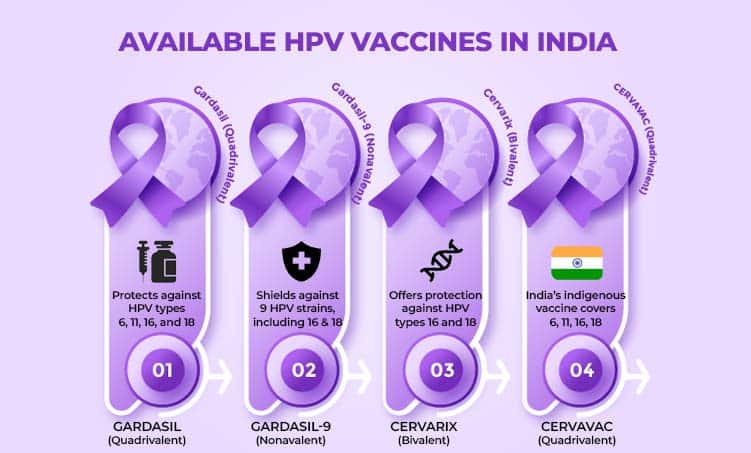
Government Initiative and National Immunization Program
The Government of India has introduced plans to include the HPV vaccine in the National Immunization Program, prioritizing girls between 9 and 14 years of age. School-based vaccination campaigns are being planned for wide coverage. In a recent address, Hon’ble Prime Minister highlighted the importance of preventive healthcare, stating,
Our mission is to ensure that no woman in India loses her life to a disease that can be prevented. Vaccination and early detection are the pillars of this effort- Narendra Modi, Honble Prime Minister of India
India Today’s coverage of the HPV vaccine rollout captures the national momentum behind this initiative, featuring health experts, policymakers, and public awareness efforts.
Recommended Age Groups and Dosage Schedules
- Ages 9–14 years: two-dose regimen, spaced six months apart
- Ages 15 and above: three-dose regimen at 0, 2, and 6 months
- Vaccination is most effective before the onset of sexual activity but still beneficial for older age groups
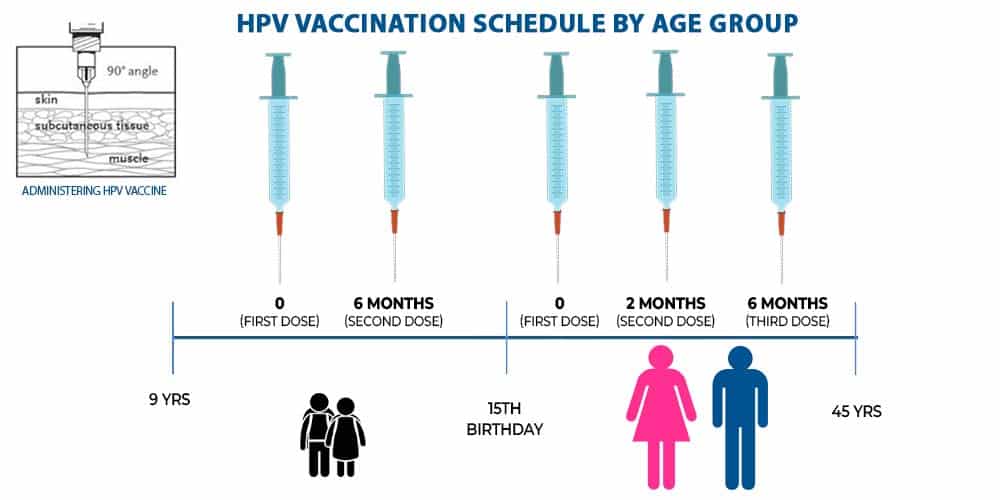
The HPV vaccine is given as an intramuscular injection in the upper arm or thigh. Administered by healthcare professionals, it is safe, quick, and essential for effective cervical cancer prevention.
Addressing Vaccine Hesitancy and Awareness
Public awareness efforts play a vital role in dispelling myths and reducing stigma linked to the human papillomavirus vaccine. Engaging parents, schools, healthcare workers, and community leaders can help increase acceptance, ensuring HPV vaccination becomes a routine part of preventive healthcare in India.
Cervical Cancer Screening Guidelines in India
Screening is a crucial part of cervical cancer prevention, working alongside HPV vaccination to detect abnormal cervical changes early, before they develop into cancer. Even vaccinated women should follow regular screening schedules3 to ensure comprehensive protection.
National and International Guidelines
The government initiative marked a significant milestone in women’s health. Screening over 10.18 crore women above 30 for cervical cancer under a population-based program for prevention, early detection, and NCD management.
- Ministry of Health and Family Welfare – MoHFW through NHM and Ayushman Arogya Mandirs, has screened over 10 crore women, reflecting India’s alignment with national and international cervical cancer prevention guidelines.
- Federation of Obstetric and Gynaecological Societies of India – FOGSI represents obstetrics and gynecology professionals in India, guiding best practices and advancing women’s healthcare nationwide. Recomendations suggests starting screening at age 25 in well-resourced settings and using HPV DNA testing or Pap smear where available.
- World Health Organization – WHO Advises HPV DNA testing as the preferred method, with screening at ages 35 and 45, and at least twice in a lifetime.
Screening Methods
- Pap smear – Detects abnormal cervical cells; recommended every 3 years where resources allow.
- HPV DNA test – Identifies high-risk HPV infections before cell changes occur; allows for longer intervals between screenings.
- Co-testing – Combines Pap smear and HPV DNA testing for maximum accuracy.
- VIA screening – Cost-effective method for low-resource settings4, providing immediate results during a clinic visit.

Research Insights
The Indian Council of Medical Research (ICMR) is studying the effectiveness of HPV DNA testing, including self-sampling methods, to improve screening access. Findings from these studies may shape future guidelines and expand India’s screening capacity.
Regular screening, combined with vaccination, offers the best chance of reducing cervical cancer cases and saving lives across India.
Government Strategies and Public Health Initiatives
India’s approach to cervical cancer prevention combines policy action, infrastructure development, and public engagement. These strategies aim to make HPV vaccination and cervical cancer screening accessible to all women, regardless of location or income.
School-Based Vaccination Programs
- Focus on vaccinating girls aged 9–14 years before they are exposed to HPV.
- Implemented through existing school health programs for high coverage.
- Involve parents, teachers, and community leaders to build trust in the human papillomavirus vaccine.
Strengthening Detection and Treatment Infrastructure
- Expand access to HPV DNA testing, Pap smear facilities, and VIA screening in primary healthcare centres.
- Create referral networks to guarantee prompt follow-up and treatment for women with precancerous cervical lesions.
- Integrate CERVAVAC vaccine supply with robust cold chain systems for nationwide distribution.
Inter-State Health Department Collaboration
- Share best practices between states with successful vaccination and screening models.
- Develop uniform guidelines to reduce disparities in cervical cancer prevention programs.
- Use central monitoring to track vaccine coverage, screening rates, and treatment outcomes.

Education and Outreach Programs
- Launch multimedia campaigns to counter myths and reduce stigma around cervical cancer.
- Train healthcare workers in both urban and rural settings to promote screening and vaccination.
- Involve NGOs and women’s self-help groups to promote grassroots-level awareness and encourage active community participation.
By combining HPV vaccination, strong screening networks, and continuous education, India can accelerate progress towards the WHO cervical cancer elimination targets and safeguard women’s health nationwide.
Challenges in Cervical Cancer Prevention in India
Despite progress in vaccination and screening, several barriers continue to slow India’s fight against cervical cancer. Addressing these challenges is essential to achieve meaningful nationwide impact.
- Low screening coverage – Many eligible women have never undergone a Pap smear, HPV DNA test, or VIA screening due to lack of awareness or access.
- Vaccine hesitancy – Misconceptions about the human papillomavirus vaccine and concerns about safety reduce acceptance among parents and young women.
- Cultural and socio-economic barriers – Social stigma, gender norms, and financial constraints often prevent women from seeking preventive healthcare.
- Rural–urban disparities – Urban areas may have better access to facilities and trained personnel, while rural regions often rely on limited resources and sporadic outreach programs.
Overcoming these obstacles requires coordinated action between government, healthcare providers, community leaders, and the public to ensure prevention reaches every woman in India.
Expert Recommendations for a Cervical Cancer-Free India
Achieving the vision of eliminating cervical cancer in India demands a multi-pronged, sustained effort that combines prevention, detection, and education.
- Scaling up vaccination for 9–14 age group – School-based HPV vaccination programs should be expanded nationwide to ensure high coverage before exposure to the virus.
As HPV World notes,
“India must be pragmatic in its strategic planning for HPV vaccine introduction. In addition to saving resources, a single-dose regimen avoids the logistic complexities of tracking the girls to administer the second dose.”
- Screening expansion for women 30–65 – Make regular Pap smear or HPV DNA testing widely available, even in rural areas, to detect precancerous changes early.
- Shift from VIA to HPV DNA testing – Gradually replace VIA with high-performance HPV DNA tests as resources allow, improving accuracy and reducing missed cases.
- Sustained awareness campaigns – Run continuous, culturally sensitive education initiatives to counter stigma, inform women about cervical cancer symptoms, and encourage participation in prevention programs.
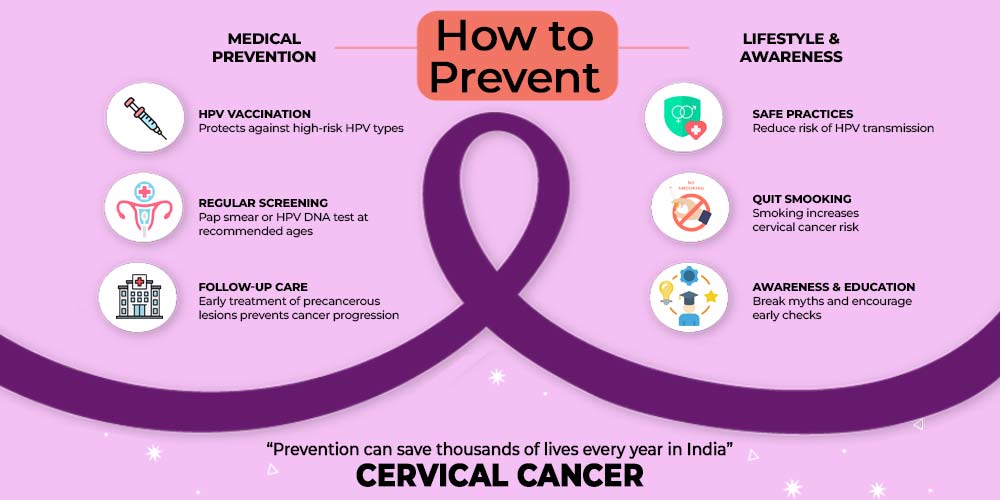
By acting on these recommendations with urgency and collaboration, India can significantly reduce the cervical cancer burden and set an example for other nations striving for elimination.
Also Read:
- Nutrient Sequencing: A Smarter Way to Eat for Energy, Focus, and Health
- The Protein Market in India Is Exploding—Here’s What You Need to Know in 2025
FAQ: Cervical Cancer
Is the HPV vaccine safe?
Yes, the HPV vaccine is proven safe through extensive global studies. It does not affect fertility. Mild reactions like soreness or slight fever may occur but are temporary. Serious side effects are extremely rare.
What are the HPV vaccine side effects?
Common HPV vaccine side effects include slight pain, redness, or swelling at the injection site. Occasionally, slight fever or headache may occur. These resolve quickly without treatment. Severe allergic reactions are very rare and require immediate care.
Is Human Papillomavirus Vaccine beneficial for women over 30?
Yes. While most effective before sexual activity begins, HPV vaccination can still protect women over 30 from strains they have not yet encountered. The Human Papillomavirus Vaccine should be paired with regular cervical cancer screening to ensure comprehensive protection.
Moving Towards Elimination
Cervical cancer prevention in India rests on two proven pillars: HPV vaccination and regular screening. Expanding access, overcoming barriers, and sustaining awareness are essential to reduce new cases and save lives.
These efforts are in line with WHO’s cervical cancer elimination goals, which emphasize vaccination, regular screening, and timely treatment. By working together—government, healthcare providers, educators, and communities—India can make prevention universal and equitable. All women should have the equal opportunity to live free from a disease that can be prevented.
The time to act is now, so future generations can grow up in a nation where cervical cancer is no longer a public health challenge.
Additional Resources:
- Ferlay J, Soerjomataram I, Dikshit R, Eser S, Mathers C, Rebelo M, Parkin DM, Forman D, Bray F. Cancer incidence and mortality worldwide: sources, methods and major patterns in GLOBOCAN 2012. Int J Cancer. 2015 Mar 1;136(5):E359-86. doi: 10.1002/ijc.29210. Epub 2014 Oct 9. PMID: 25220842. ↩︎
- World Health Organization. Human papillomavirus vaccines: WHO position paper, December 2022. Weekly Epidemiological Record. 2022;50(97):645–672. Available from: https://www.who.int/publications/i/item/who-wer9750-645-672 ↩︎
- Moyer VA; U.S. Preventive Services Task Force. Screening for cervical cancer: U.S. Preventive Services Task Force recommendation statement. Ann Intern Med. 2012 Jun 19;156(12):880-91, W312. doi: 10.7326/0003-4819-156-12-201206190-00424. Erratum in: Ann Intern Med. 2013 Jun 4;158(11):852. Ebell, Mark [added]. PMID: 22711081. ↩︎
- Sankaranarayanan R, Budukh AM and Rajkumar R. Effective screening programmes for cervical cancer in low- and middle-income developing countries. Bull World Health Organ 2001;79:954-62 ↩︎
Share your Review
Our Digital Imprints:
Namita Mahajan is a Womenpreneur,
Lifestyle Influencer | Empowering Women Self Reliance
Director: Nuteq Entertainment Pvt Ltd, and
Co-Founder: Trendvisionz – A Premier Digital Marketing Agency in India
Get Connected to us with our Newsletters-Transforming Lives… Creating the magic. Just – Believe ~ Practice ~ PerformBizTech Chronicle… Navigating Tomorrow’s Tech Frontiers 🚀
Join my LinkedIn Group: Digital Marketing, Content Creation World Group
Follow me on Twitter or LinkedIn. Check out my website.
✍️ A Note from the Editor
At TrendVisionz, we craft each article with purpose—guided by research, passion, and the belief that storytelling can spark change. We’ve kept our content open and free for all, because we believe knowledge should never be behind a paywall.
But creating quality digital content takes time, heart, and resources. If this article resonated with you, we’d be deeply grateful for your support. Even $10/month can help us keep producing content that informs, empowers, and uplifts.
💛 Support our work: You can contribute directly via PayPal or email us at anujmahajan@trendvisionz.com to set up your monthly support.
Thank you for believing in independent digital journalism. —Editor


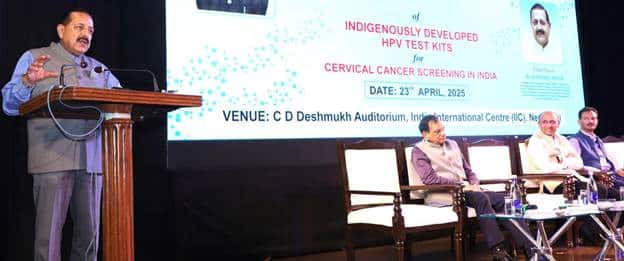
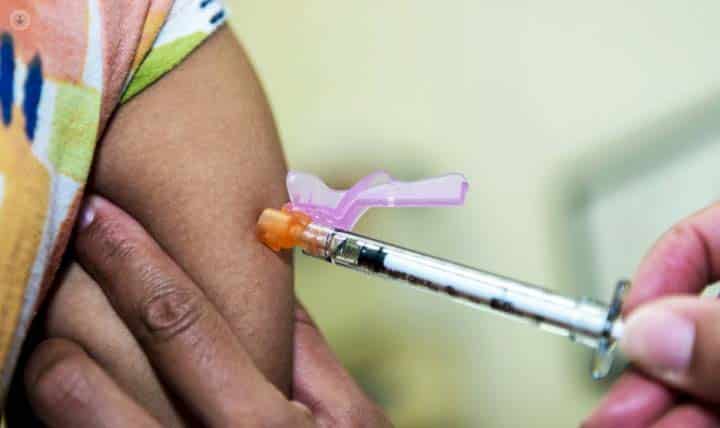

22 comments
becem travel | Kıbrıs araç transfer Kıbrıs araç kiralama , Kıbrıs vip araç , Kıbrıs araç transfer , Kıbrıs güvenli ulaşım
becem travel | Kıbrıs araç transfer Kıbrıs araç kiralama , Kıbrıs vip araç , Kıbrıs araç transfer , Kıbrıs güvenli ulaşım
You’re so awesome! I don’t believe I have read a single thing like that before. So great to find someone with some original thoughts on this topic. Really.. thank you for starting this up. This website is something that is needed on the internet, someone with a little originality!
Your articles never fail to captivate me. Each one is a testament to your expertise and dedication to your craft. Thank you for sharing your wisdom with the world.
Your blog has quickly become my go-to source for reliable information and thought-provoking commentary. I’m constantly recommending it to friends and colleagues. Keep up the excellent work!
Your content is always top-notch.
Magnificent beat I would like to apprentice while you amend your site how can i subscribe for a blog web site The account helped me a acceptable deal I had been a little bit acquainted of this your broadcast offered bright clear idea
Thank you for the auspicious writeup It in fact was a amusement account it Look advanced to more added agreeable from you By the way how could we communicate
you can email us Editor: anujmahajan@trendvisionz.com
I have been browsing online more than three hours today yet I never found any interesting article like yours It is pretty worth enough for me In my view if all website owners and bloggers made good content as you did the internet will be a lot more useful than ever before
Your blog is a true hidden gem on the internet. Your thoughtful analysis and engaging writing style set you apart from the crowd. Keep up the excellent work!
Great information shared.. really enjoyed reading this post thank you author for sharing this post .. appreciated
I like the efforts you have put in this, regards for all the great content.
There is definately a lot to find out about this subject. I like all the points you made
You’re so awesome! I don’t believe I have read a single thing like that before. So great to find someone with some original thoughts on this topic. Really.. thank you for starting this up. This website is something that is needed on the internet, someone with a little originality!
Nice post. I learn something totally new and challenging on websites
Your writing has a way of resonating with me on a deep level. I appreciate the honesty and authenticity you bring to every post. Thank you for sharing your journey with us.
Funny funny cool helpful love.
Your writing is like a breath of fresh air in the often stale world of online content. Your unique perspective and engaging style set you apart from the crowd. Thank you for sharing your talents with us.
happy to hear. stay connect and do share your valuable feedback
Simply desire to say your article is as surprising The clearness in your post is simply excellent and i could assume you are an expert on this subject Fine with your permission let me to grab your feed to keep up to date with forthcoming post Thanks a million and please carry on the gratifying work
Helpful crazy fantastic interesting funny amazing.
Comments are closed.